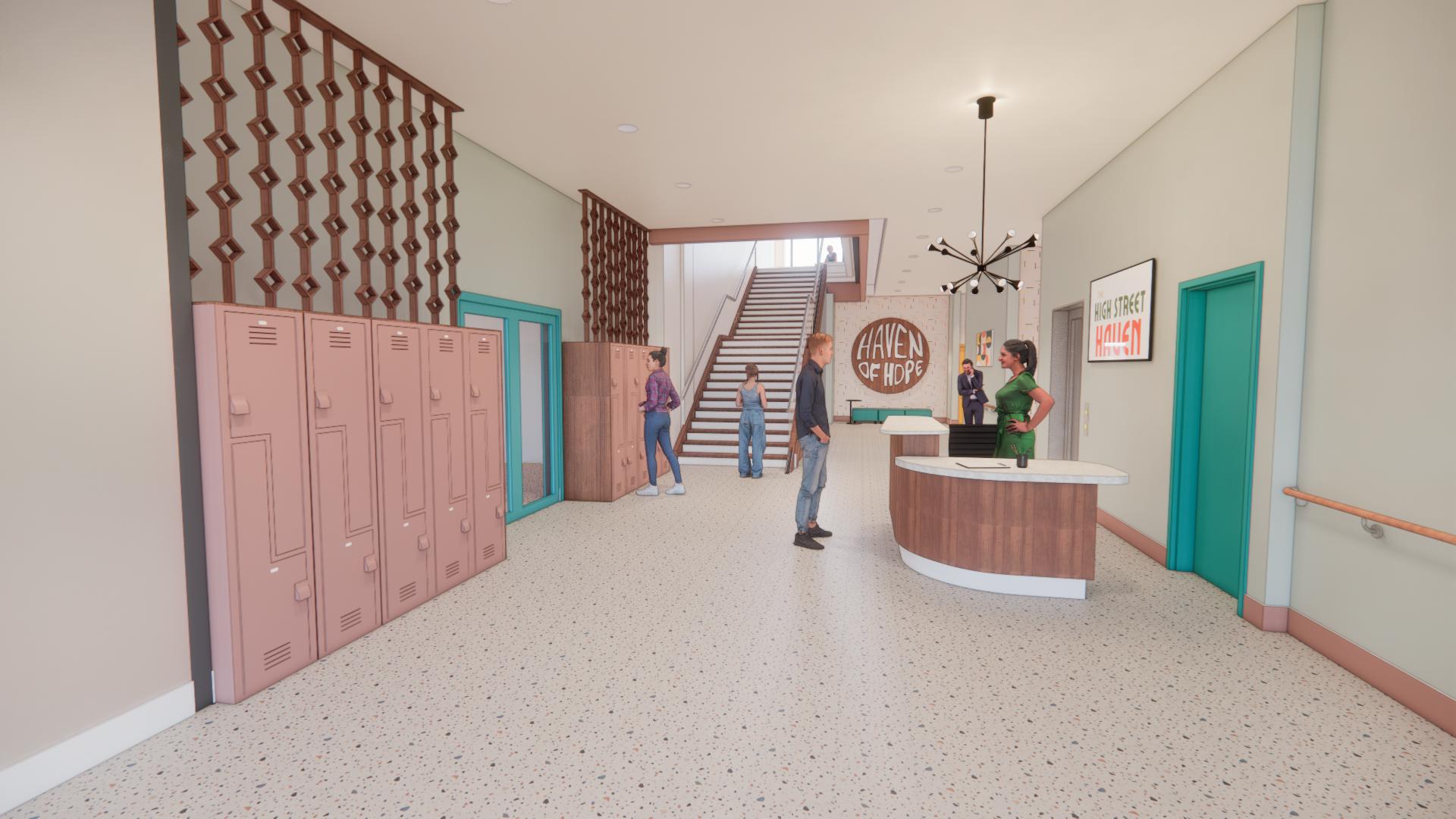
1 minute read
THROUGHOUT THE DESIGN
Keep variety, comfort and adaptability in mind to provide options for unique needs and preferences. Design to make users feel like they belong (Steelcase, 2022).
Keep entrances the same for everyone Do not require special entrances and pathways for users with limited mobility (HMC Architects, 2020). Place entrances in supervised areas to prevent student flight and keep students safe (NAC Architecture, n.d.).
Advertisement
Clearly identify seating for users with mobility impairments.
Keep travel paths clear and distinct. Use non-directional flooring and avoid physical transitionals that become a barrier (AIA, n.d). Ensure paths are stable and slip-resistant (Abend, 2001).
Use biophilic design where possible to connect students with nature and discourage an institutional feeling. Giving students access to windows and views of nature has been shown to increase attention (NAC Architecture, n.d.).
Giving access to nature views can improve attention.
Folding tables and chairs let the space quickly adapt to users ' needs.
Non-directional flooring is simpler for mobility aids to navigate and reduces trip hazards.
Clearly seen and comfortably positioned spaces are available for wheelchair parking.







